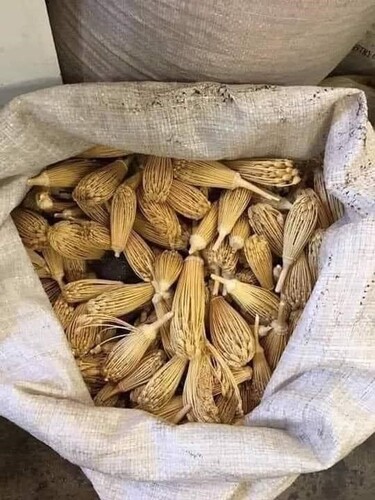There are many things that not everyone pays attention to nowadays or are slowly being forgotten. "Drankosk" is one of these plants that grows in spring and appears mostly near rivers and water sources, then blossoms, and then dries up. In the past and even today, when people ate food that remained in their teeth, they cleaned their teeth with "Drankosk". Although today, many different tools are available instead of Drankosk, Drankosk still exists among some Kurds and has preserved itself as a tradition.

In terms of culture and name:
According to the Kurdish-Kurdish Dictionary and Wiki Dictionary, in the Kurmanji dialect, this plant is called by ten different names, including "Drankosk, Darke Dranan, Drankozk, Puzhie Dranan, Dranposk, Khildank, Drankaroshk, Drankolk, and Dandafrish, etc. In Arabic, it is called "Khalal-Khalin" or Ammi Visnaga. All these words mentioned here mean Drankosk, which one uses to clean teeth. In each region, this plant has been named in a variety of ways, some of which we have mentioned. However, the most commonly used word among the Kurds is "Drankosk". Also, as a medicine or plant, it is arguably found in many areas. Arabs also have a different thing called the toothbrush (Siwak), which is a stick with a pill in it that people brush their teeth with. It is also useful for human health and is used instead of a toothbrush.

Benefits of Drankosk:
Drankosk has many different health benefits, one of which, according to Kurdish mothers and elderly, is when there are stones or dirt in the kidneys, this plant, is boiled for a few minutes and then drank the water, thus washing and cleansing the kidneys. In many places, it is still used instead of other medicines, but it is not only a cure for kidney disease, but also for many other diseases such as chest disease and inflammation, to activate and regulate blood vessels, and heart disease. The seeds are also said to be a medicine for skin diseases. According to people who have suffered from the diseases, they have been treated by this plant. Today, even doctors recommend their patients to use this plant, which has many benefits.
Today, in addition to this plant, there may be thousands of other plants among the Kurds, some of which have been forgotten and some of which still exist, and these are useful for treating dozens of different diseases.









